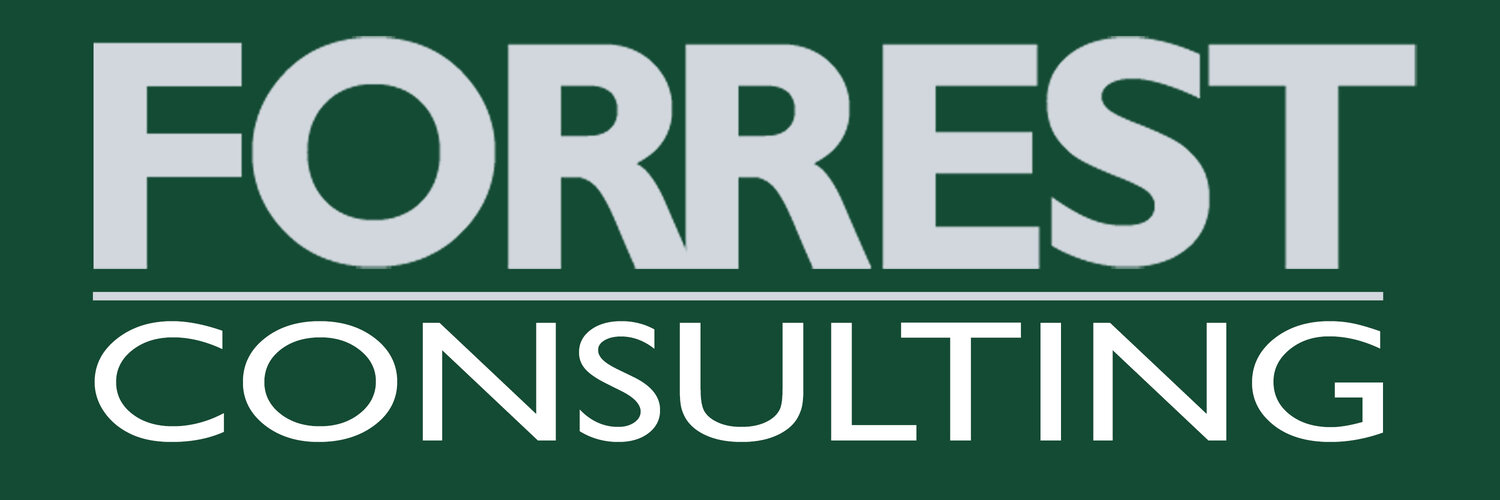What do your customers expect?
“The aim of marketing is to know and understand the customer so well the product or service fits him and sells itself.” - Peter F. Drucker
Targeting markets and customers/clients is an essential element of a strategic vision. But deciding who to serve is not enough. Knowing and addressing what the target market/customers/clients expect from the organization (or anyone aiming to serve them) is essential.
You need to determine targeted customer/client expectations.
You can categorize customer/client expectations at four levels:
Universal. Among the universal expectations of customers/clients of any organization are:
• To be treated with respect
• To be listened to
• To get accurate information
• To receive value
• To receive speedy service
Market/industry level. Customers/clients in various markets and industries have specific expectations tied to those markets and industries. For example:
• Customers seeking painting services expect painting contractors to provide thorough estimates
• Clients buying or selling stock expect brokers to execute trades as directed
• Customers buying bicycles expect bicycle manufacturers to produce reliable and safe bikes
Product/service class level. Customers/clients who use your type of product or service have expectations tied to that product or service. For example:
• Paint does not flake
• Investment vehicles perform well relative to category
• Triathlon/time trial bikes are aerodynamic and fast
Organizational/specific product/service level. Customers/clients through reputation, perception and/or experience have expectations of the specific organization and its products/services. For example:
• Benjamin Moore paint performs at high levels
• American Funds have consistently good returns
• Trek carbon fiber triathlon bikes are at the leading edge technically
How to gauge customer expectations
Three avenues reveal customer expectations:
• Refer to general or industry data on customer expectations.
• Obtain anecdotal or logged information on customer expectations from sales, account management, customer service and other customer-contact people.
• Conduct interviews, focus groups and surveys involving customers/clients and derive consumer/shopper insights to reveal their expectations.
Ideally, you have the research results and consumer/shopper insights. Otherwise, leaders and others intimately involved in the organization often have a great sense of what customers expect from “the best” organization in the segment. That’s what your vision needs to aspire to.
For each market and product/service, list what you think your targeted market and customers/clients expect and what would be “A+,” “first class,” “beyond expectations” service. A best practice is to develop a full avatar for each set of customers/clients that you are serving or targeting, that vividly paints their expectations. That’s ideally what to strive for. (However, if your basis for competition is Product Leadership or Operational Excellence, you will invest less to reach “nirvana” in satisfying customers than would an organization whose basis for competition is Customer Intimacy.)
In the market/industry you are serving, what are the primary expectations of customers/clients? What do customers/clients who use your products/services expect from them and you based on their perceptions and experience? To what level of service and performance have you made them accustomed?
Your strategic vision needs to encompass and deliver on these expectations.

